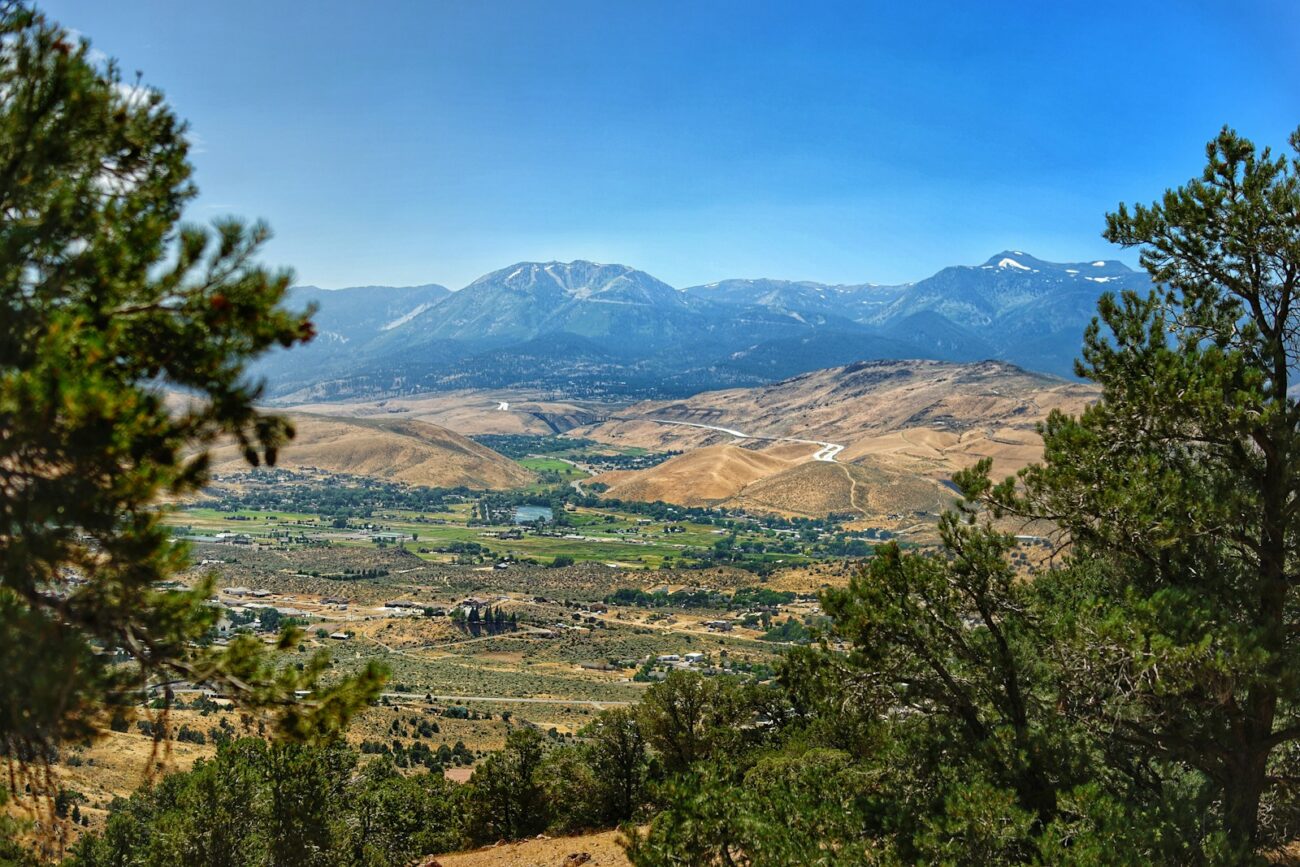When most travelers think of U.S. National Parks, iconic names like Yellowstone, Yosemite, and the Grand Canyon immediately come to mind. While these renowned destinations certainly deserve their fame, the National Park Service manages over 400 sites across the country, many of which remain wonderfully uncrowded and unexplored by the average visitor. These lesser-known parks offer equally breathtaking landscapes, fascinating historical narratives, and unique ecosystems without the overwhelming crowds that can sometimes diminish the wilderness experience. From remote islands to desert oases, underground wonders to mountainous retreats, America’s hidden gem national parks provide authentic adventures for those willing to venture beyond the typical tourist path.
Great Basin National Park: Nevada’s Alpine Secret
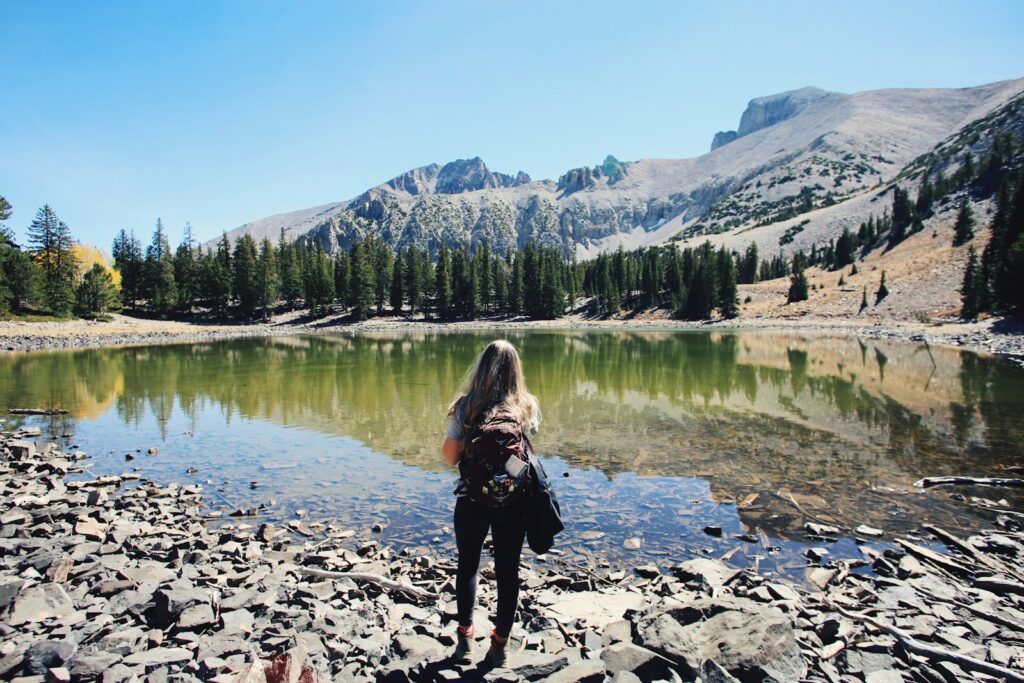
Tucked away in eastern Nevada near the Utah border lies Great Basin National Park, a magnificent yet often overlooked treasure in America’s national park system. The park showcases a remarkable diversity of landscapes, from 13,000-foot Wheeler Peak with its ancient bristlecone pines to the mysterious limestone labyrinths of Lehman Caves. One of the park’s most extraordinary features is its designation as an International Dark Sky Park, offering some of the clearest, most pristine night skies in the continental United States where visitors can observe the Milky Way in stunning detail. The park receives fewer than 100,000 visitors annually—compared to millions at more famous parks—allowing for a serene communion with nature whether you’re hiking alpine meadows blanketed with wildflowers or standing in awe beneath thousand-year-old trees that have witnessed the passage of centuries.
Congaree National Park: South Carolina’s Ancient Floodplain Forest
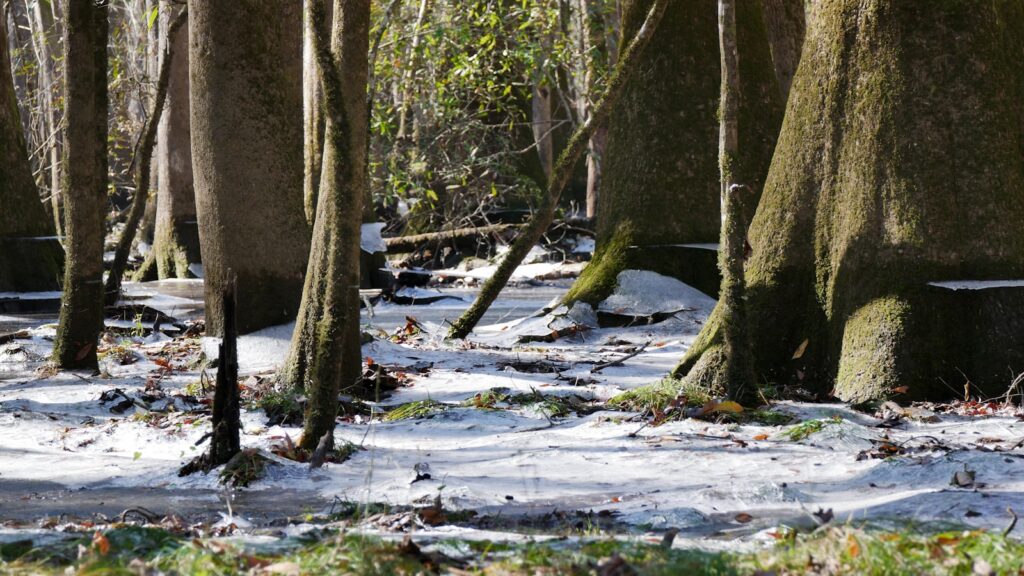
Congaree National Park preserves the largest intact expanse of old-growth bottomland hardwood forest remaining in the southeastern United States, yet remains relatively unknown compared to its mountainous counterparts. Walking the elevated boardwalk that winds through this primeval landscape feels like stepping back in time, with massive loblolly pines and bald cypress trees draped in Spanish moss creating a cathedral-like canopy overhead. The park’s floodplain ecosystem supports one of the highest canopies in the world and the tallest trees in the eastern United States, with some reaching heights of over 160 feet. Visitors can paddle blackwater creeks that meander through the forest, offering intimate encounters with river otters, bobcats, and over 200 bird species that inhabit this unique ecosystem, all while enjoying the peaceful absence of crowds that characterize more popular national parks.
Channel Islands National Park: California’s Galapagos
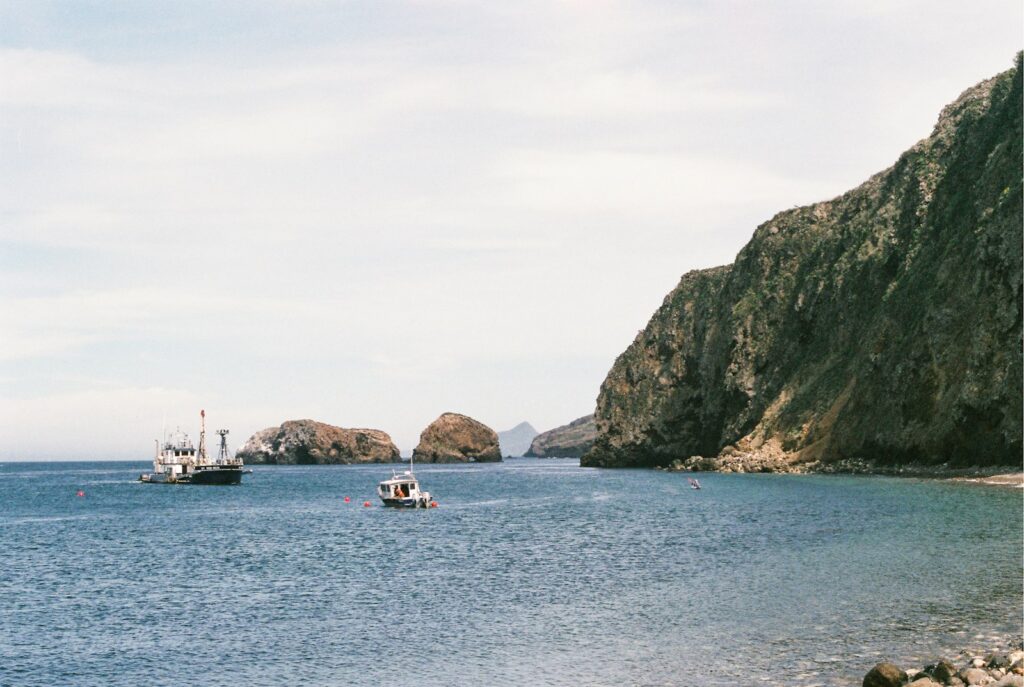
Despite being just off the coast of bustling Southern California, Channel Islands National Park remains one of the least visited national parks in the system, offering an untamed wilderness experience a short boat ride from urban centers. This archipelago of five protected islands harbors over 2,000 plant and animal species, including 145 found nowhere else on Earth, earning it the nickname “California’s Galapagos.” The isolation of these islands has created fascinating evolutionary adaptations, such as the diminutive island fox, which evolved to be about the size of a house cat from its mainland gray fox ancestors. Visitors can kayak through sea caves carved into dramatic coastal cliffs, snorkel in kelp forests teeming with colorful marine life, or hike ridge trails offering panoramic Pacific Ocean views unmarred by development, experiencing a pristine California coastline that has largely disappeared from the mainland.
Guadalupe Mountains National Park: Texas’ Fossilized Reef
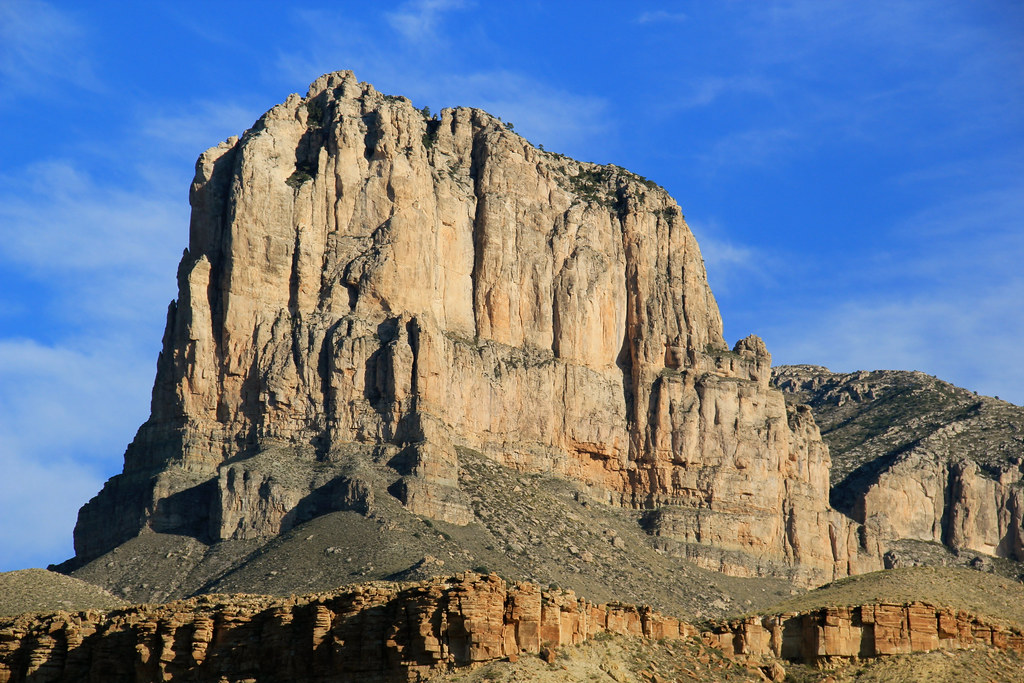
Rising dramatically from the Chihuahuan Desert floor, Guadalupe Mountains National Park preserves the world’s most extensive Permian fossil reef, once submerged beneath an ancient sea more than 250 million years ago. The park’s centerpiece, Guadalupe Peak, stands as the highest point in Texas at 8,751 feet, offering hikers who reach its summit unparalleled views across three states and two countries. Despite its geological significance and spectacular desert-meets-mountains scenery, this park receives fewer than 200,000 visitors annually, making it an ideal destination for solitude seekers. Fall visitors are rewarded with a surprising spectacle as McKittrick Canyon transforms with vibrant foliage, its maple and ash trees creating a colorful contrast against limestone cliffs in what many consider to be the most beautiful spot in all of Texas.
Isle Royale National Park: Michigan’s Wilderness Island
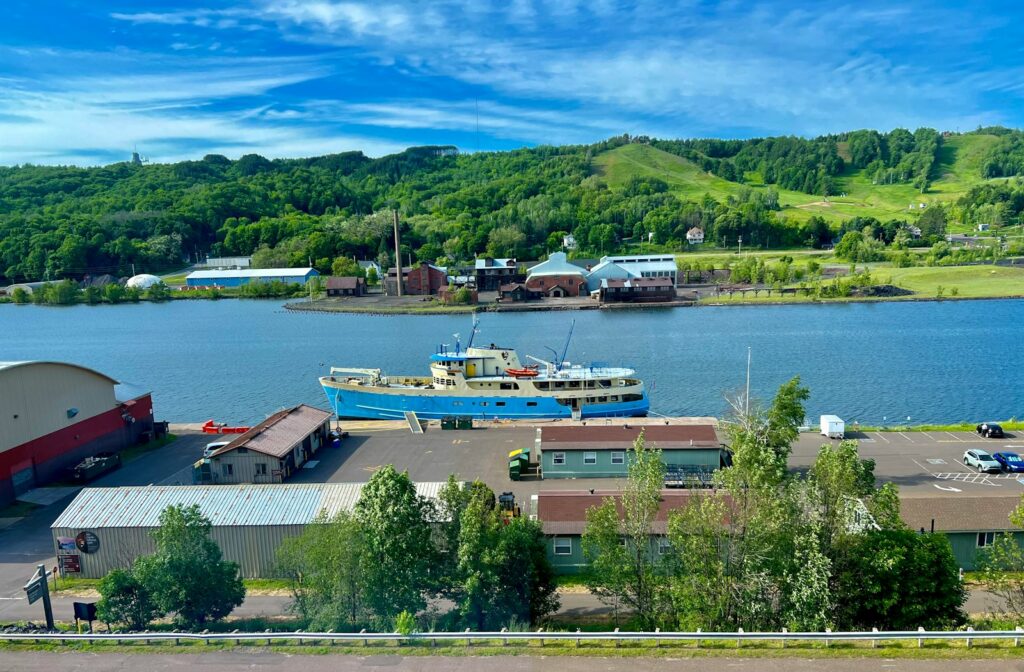
Isle Royale National Park sits in the northern reaches of Lake Superior, creating a remote island wilderness that receives fewer annual visitors than Yellowstone sees in a single day. This isolation has created a fascinating natural laboratory for the study of predator-prey relationships between wolves and moose, which has been ongoing since 1958, representing one of the longest continuous wildlife studies in the world. The park’s boreal forests, rugged ridgelines, and sheltered coves are accessible only by boat or seaplane, ensuring that those who make the journey are rewarded with genuine wilderness and remarkable solitude. Backpackers can traverse the 40-mile Greenstone Ridge Trail that runs the island’s spine, paddlers can explore protected harbors and inland lakes, and wildlife enthusiasts might glimpse the island’s famous moose population, all while experiencing the rare pleasure of a national park where humans are vastly outnumbered by wildlife.
Dry Tortugas National Park: Florida’s Historic Island Fortress
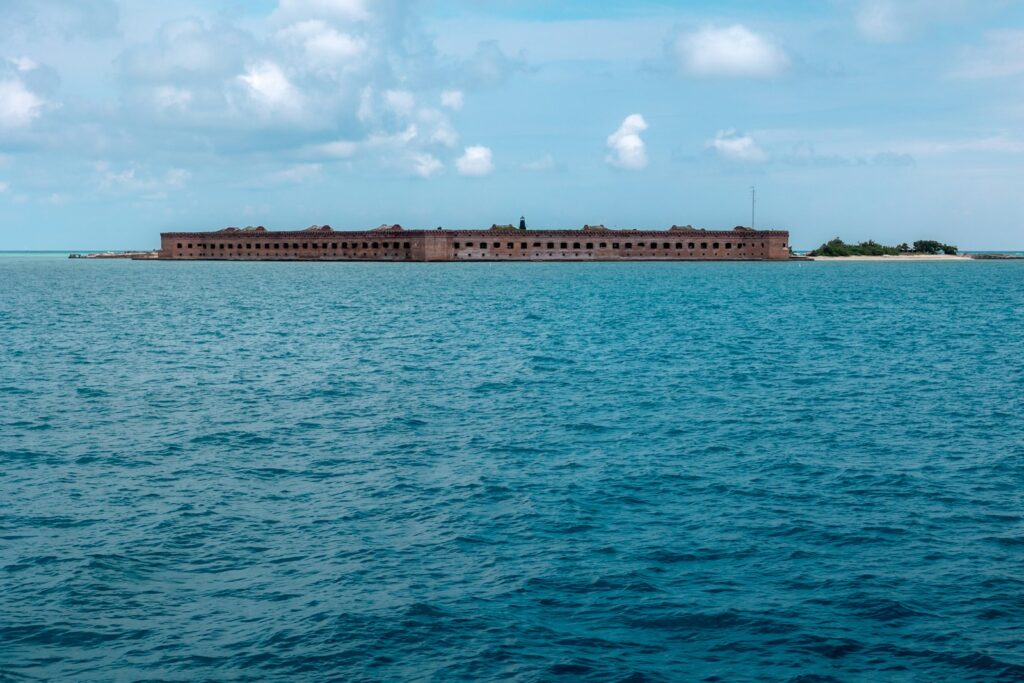
Located nearly 70 miles west of Key West in the Gulf of Mexico, Dry Tortugas National Park combines history and natural beauty in a setting that feels worlds away from mainland Florida. The park is dominated by massive Fort Jefferson, a 19th-century coastal fortress built of over 16 million bricks, making it the largest brick structure in the Americas and a marvel of military engineering. Surrounding the fort are crystal-clear waters protecting vibrant coral reefs and seagrass beds that provide crucial habitat for marine life, offering some of the best snorkeling opportunities in the National Park System. The park’s remote location requires planning—accessible only by boat or seaplane—but rewards visitors with pristine beaches where it’s possible to be completely alone except for the soaring frigatebirds and nesting sea turtles that give the islands their name. Camping on the island provides an extraordinary opportunity to experience starry skies and the rhythmic sounds of waves once all the day visitors have departed.
Pinnacles National Park: California’s Volcanic Wonderland
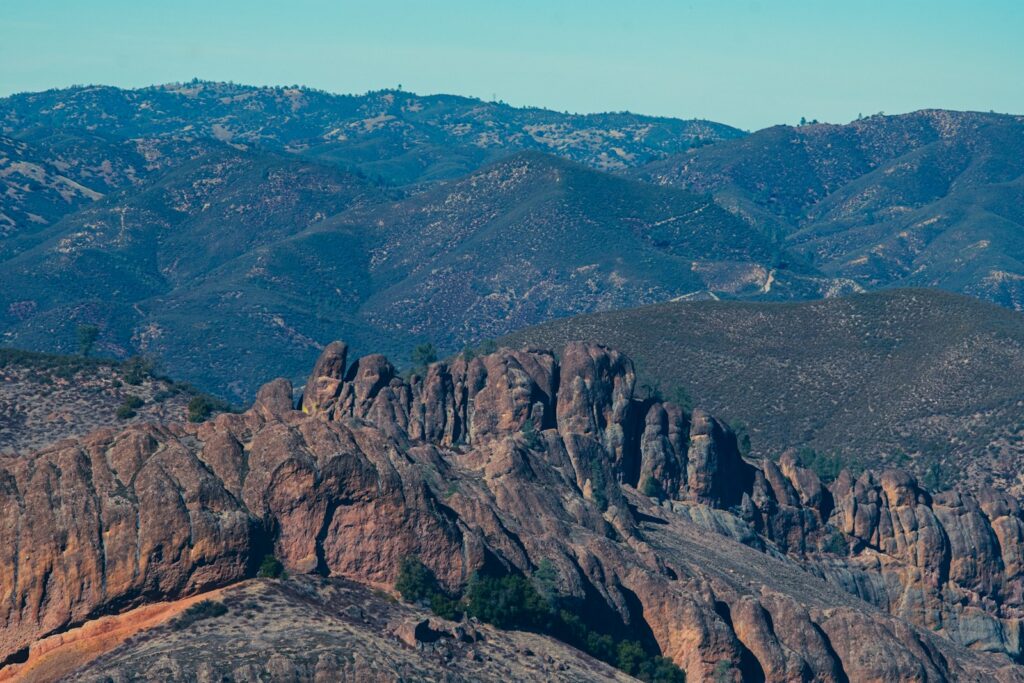
California’s newest national park, Pinnacles offers a landscape of towering rock spires, narrow talus caves, and chaparral-covered slopes formed by an ancient volcano that has been moving incrementally northward along the San Andreas Fault for the past 23 million years. This geological wonderland serves as critical habitat for the endangered California condor, with its massive 9.5-foot wingspan, offering visitors one of the best opportunities to spot these magnificent birds soaring among the rock formations. The park features two distinct entrances that don’t connect by road, creating a sense of isolation even though it’s just a short drive from California’s populous central coast. Adventurous visitors can explore unique talus caves—narrow passages formed by fallen boulders—home to several bat species, while rock climbers challenge themselves on more than 500 routes among the volcanic spires that give the park its name.
North Cascades National Park: Washington’s Alpine Wilderness
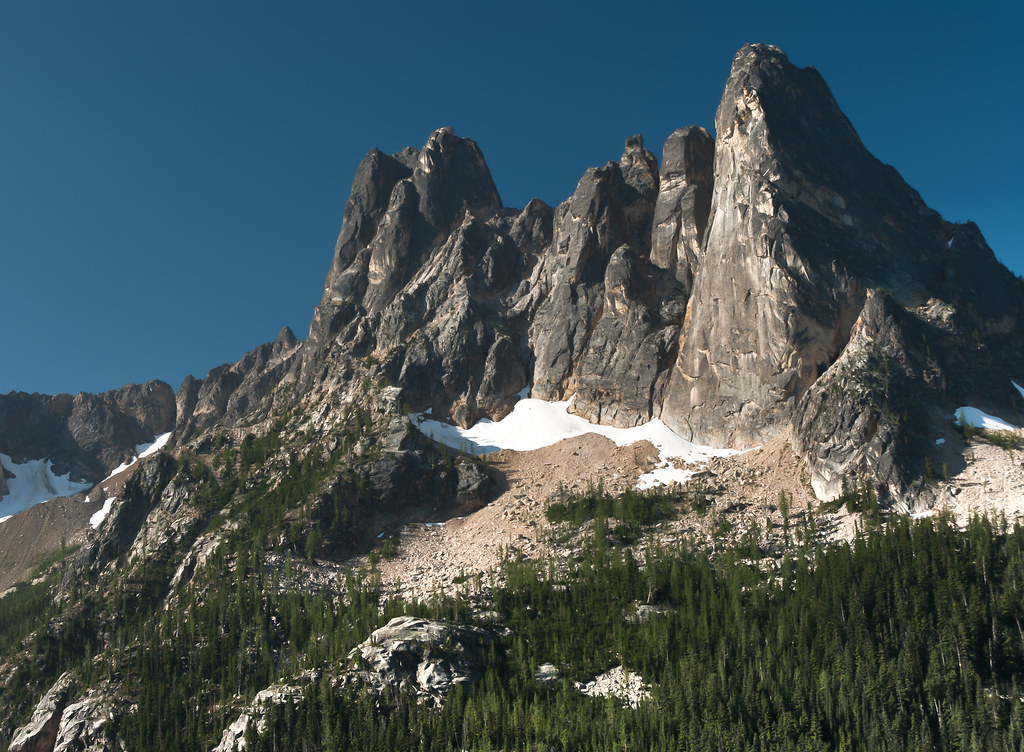
Despite containing some of the most spectacular mountain scenery in the United States, North Cascades National Park receives only a fraction of the visitors that flock to nearby Olympic or Mount Rainier. This alpine wonderland features more than 300 glaciers—the most of any park outside Alaska—creating a jagged skyline of snow-capped peaks that has earned it the nickname “American Alps.” The park’s extreme verticality creates diverse ecosystems ranging from temperate rainforests in deep valleys to alpine meadows and barren rocky summits, supporting incredible biodiversity including elusive wildlife like wolves, lynx, and wolverines. Though lacking the developed facilities of more popular parks, North Cascades rewards adventurous visitors with turquoise lakes reflecting perfect mountain panoramas, cascading waterfalls plunging from towering cliffs, and wildflower displays that transform high meadows into natural gardens each summer, all with a sense of solitude increasingly rare in America’s national parks.
Wrangell-St. Elias National Park: Alaska’s Mountain Kingdom
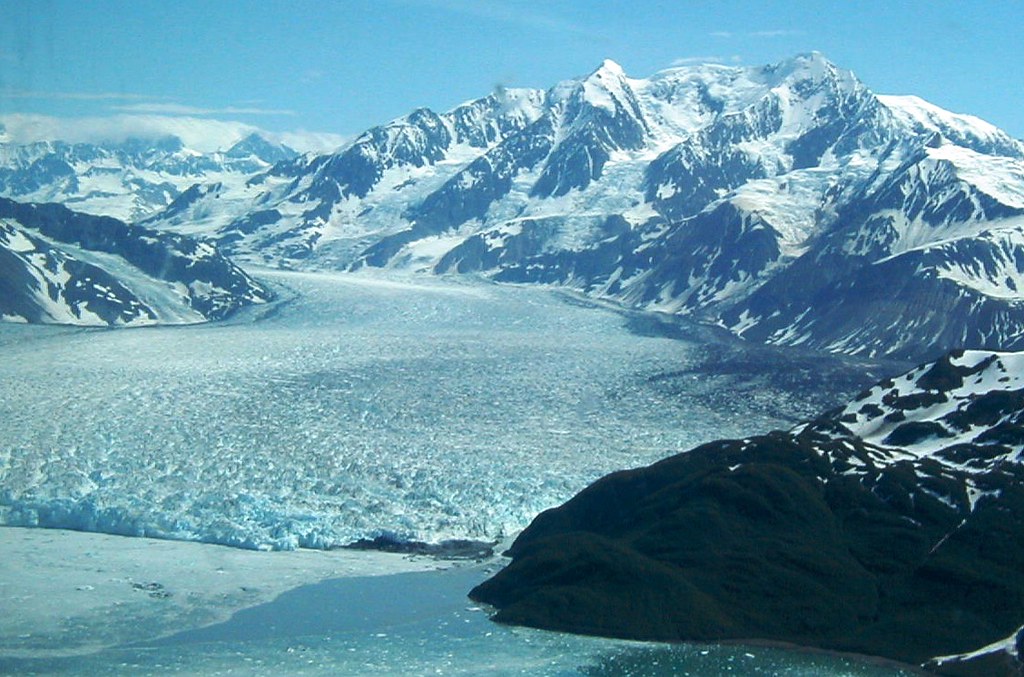
America’s largest national park, Wrangell-St. Elias encompasses an astonishing 13.2 million acres—larger than Yellowstone, Yosemite, and Switzerland combined—yet receives fewer than 75,000 visitors annually. This vast wilderness contains four major mountain ranges, including nine of the sixteen highest peaks in the United States, creating a landscape of superlatives that remains largely unexplored. The park preserves fascinating human history alongside its natural wonders, including the abandoned Kennecott Copper Mine, once the world’s richest copper deposit, where visitors can tour remarkably preserved buildings that stand as monuments to early 20th century industrial ambition. Adventure-seekers can witness massive glaciers larger than Rhode Island, traverse alpine passes where dall sheep perch on seemingly impossible slopes, or float wild rivers through valleys that have never felt human footprints, experiencing a scale of wilderness that has virtually disappeared from the modern world.
Black Canyon of the Gunnison National Park: Colorado’s Dramatic Gorge
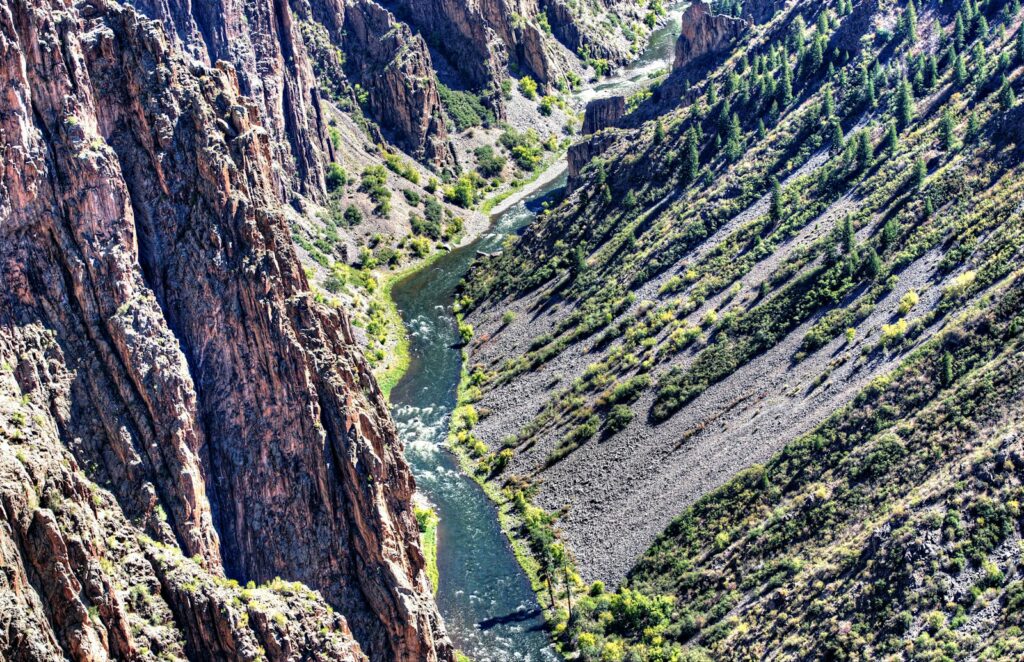
The Black Canyon earned its name from the fact that parts of this extraordinary gorge receive just 33 minutes of direct sunlight daily, creating a mysterious darkness that enhances the dramatic quality of what is, pound for pound, among the most impressive canyons in North America. The Gunnison River drops an average of 34 feet per mile through the canyon—one of the steepest mountain descents in North America—carving through some of the continent’s hardest rock to create sheer walls that plunge up to 2,700 feet from rim to river. The canyon’s unique combination of depth, narrowness, and sheerness creates a landscape that feels both intimate and overwhelming, with some viewpoints offering vistas where the opposite rim appears close enough to touch despite being half a mile away. Intrepid hikers can descend steep, unmaintained routes to the canyon floor, where the thundering river and towering walls create an immersive experience that feels like entering another world entirely, while anglers cast for trophy-sized trout in the Gold Medal waters that continue to shape this remarkable landscape.
Wind Cave National Park: South Dakota’s Subterranean Labyrinth
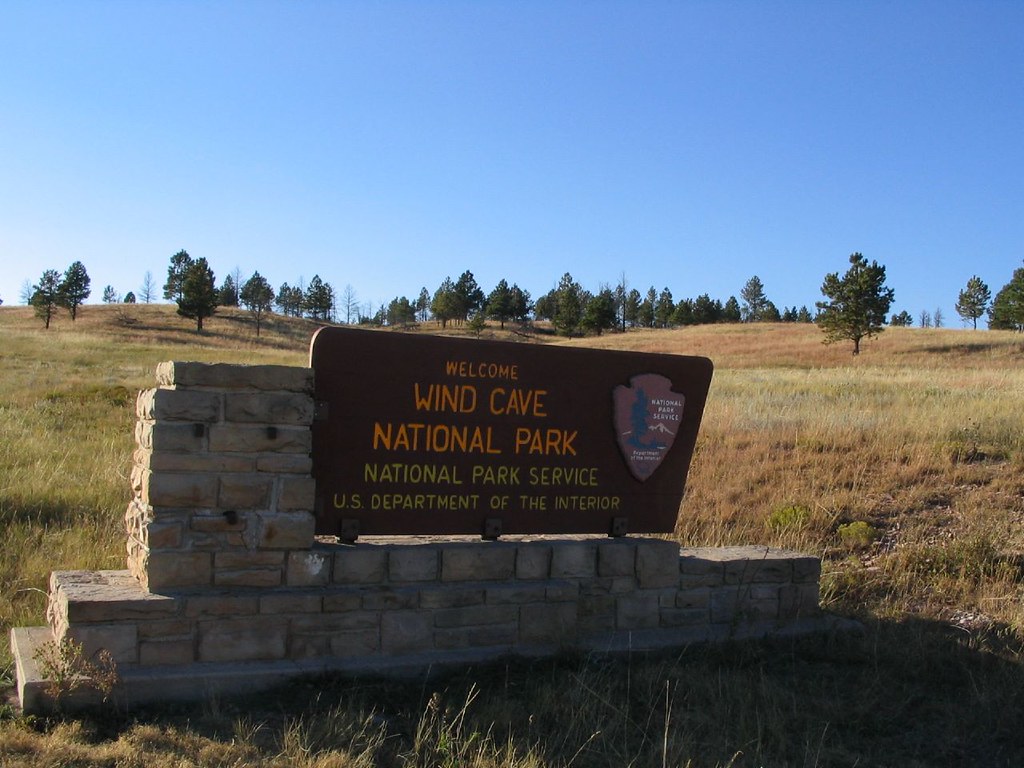
While nearby Mount Rushmore draws millions of visitors annually, Wind Cave National Park protects one of the world’s most complex cave systems, featuring the highest concentration of a rare formation called boxwork—delicate honeycomb-patterned calcite fins that project from cave surfaces. Named for the barometric winds at its natural entrance, this cave system contains over 150 miles of mapped passages, making it one of the longest caves in the world, with new discoveries continuing to expand its known dimensions. Above ground, the park preserves one of the few remaining mixed-grass prairie ecosystems in the United States, where visitors might spot bison, elk, and prairie dogs against a landscape of rolling hills and wildflowers that represent what much of the Great Plains once looked like. The juxtaposition of vibrant prairie life above and ancient geological wonders below creates a uniquely complete ecosystem that reveals millions of years of environmental history, providing insight into both America’s natural heritage and the ongoing relationship between surface and subsurface environments.
Voyageurs National Park: Minnesota’s Water Wilderness
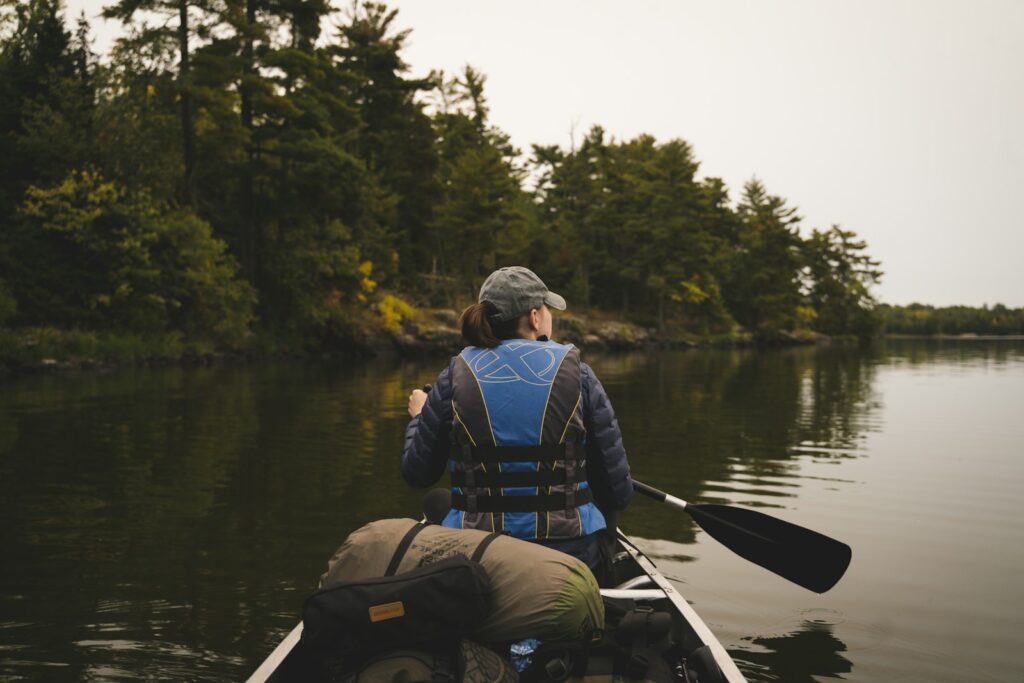
Voyageurs National Park celebrates the legacy of the French-Canadian fur traders who navigated these waters in birchbark canoes, creating a water-based wilderness where boats replace hiking boots as the primary mode of transportation. Nearly a third of the park’s 218,000 acres consists of interconnected waterways, including four major lakes and 26 interior lakes, creating a landscape where many of the most spectacular sites are accessible only by boat. The park sits on the southern edge of the Canadian Shield, one of the oldest exposed rock formations on earth at 2.7 billion years old, creating a rugged shoreline punctuated by rocky outcrops and sandy beaches. Winter transforms this watery realm into a snowy playground where visitors can witness the dancing lights of the aurora borealis, explore frozen lakes by snowmobile or cross-country ski, or try their hand at ice fishing for walleye and northern pike. The park’s remote northern location ensures dark night skies and genuine wilderness experiences where the haunting call of loons and the slap of beaver tails on water create a soundscape unchanged since the days of the voyageurs who gave the park its name.
While the crowded pathways of Yosemite Valley and the traffic jams of Yellowstone offer their own rewards, these hidden gem national parks provide something increasingly precious in our connected world: the opportunity for discovery and solitude in landscapes that still feel wild and unexplored. Each preserves unique ecosystems, geological wonders, or historical narratives essential to understanding America’s natural and cultural heritage. By venturing beyond the familiar postcard views of famous parks, visitors gain a deeper appreciation for the remarkable diversity of landscapes protected within the National Park System and contribute to the preservation of these less-visited treasures. In the words of Wallace Stegner, national parks represent “the best idea America ever had,” and these hidden gems may be the purest expression of that ideal—places where nature still holds center stage and visitors can experience wilderness on its own terms.

